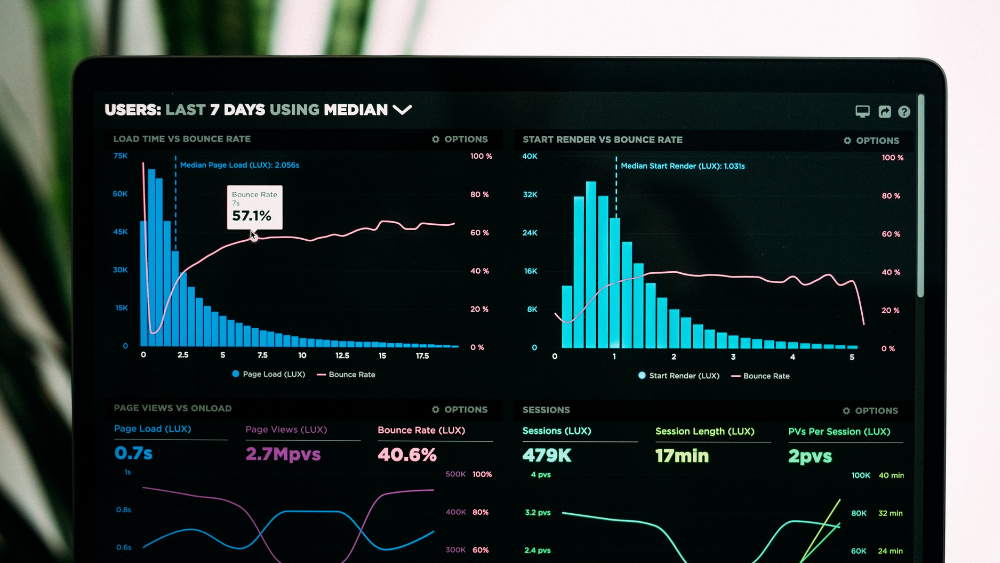Insights
INSIGHTS
All Topics
A brief guide to digital benchmarking
27 Jan 2021by Christine Chiu
We look at how charities can use metrics to measure success
You’ve probably heard of the phrase by the prominent business management thinker Peter Drucker. He is often credited with the saying: “If you can’t measure it, you can’t improve it.”
If charities are not able to measure something and know the results, it is very challenging to improve. At Charity Digital, we’ve always been a supporter of data and data-driven strategy. Deep diving into benchmarking, we take a look at measures of success and how to use them.
Charity digital benchmarks and perspectives
Charities come in all shapes and sizes. They also work in pretty much every sector, from energy, environment, to business. Taking stock is sometimes difficult to achieve, but benchmarking helps.
There are all kinds of benchmarks in the charity sector, with several measuring the state of digital. The CharityComms Digital Benchmark helps charities assess how they are doing in digital communication and fundraising.
The programme uses four key digital metrics – Overview, Device, Traffic Source, and Social Media.
The benchmarking determines an average score for each charity using internet traffic statistics. The score is compared with other charities who have already done the benchmarking.
The outcome of the Digital Benchmark helps charities to make data-driven decisions. Charities learn how to make better decisions online by looking at how they compare with peers. The digital benchmark identifies baseline performance and peers from which to learn from.
‘The Status of UK Fundraising 2020 Benchmark Report’ by Blackbaud Europe and the Chartered Institute of Fundraising provides charities with another benchmark for fundraising. The report was gathered from over 1,900 participating charities across all sectors.
The report highlights how charities are responding to COVID-19. It found that despite pessimism in the sector, 66% of those surveyed say they are coping well under the pandemic. These findings help charities locate themselves within the wider context of the sector.
Business metrics versus key performance indicators
Benchmarking is great for understanding where charities stand in the overall picture. But this is only the starting point. Business metrics and key performance indicators (KPIs) are important concepts. Both steer action towards digital improvement.
Klipfolio, the digital analytics platform, says: “A business metric is a quantifiable measure that is used to track and assess the status of a specific business process.”
In practice, that means charity teams might have different business metrics. For digital teams, business metrics could be social media mentions, SEO ranking, online traffic, or digital donation rates. Importantly, business metrics let people know the status of a particular charitable area rather than overall progress toward goals.
KPIs are slightly different to business metrics. KPIs help drive decision-making because they directly link to a business aim or goal.
Donorbox has compiled a list of the most frequently used KPIs in the charitable sector. These include measures of donations and income – which relate directly to how much money is coming in. Digital fundraising teams should be familiar with metrics like return on investment. This ratio looks at incoming fundraising versus the amount spent on the campaign.
These types of KPIs steer charity digital leaders towards making the right kind of digital investments.
Benefits of using benchmarking and data metrics
Benchmarking and metrics support teams looking to make positive changes. What’s important here is to measure change over time. You can then make digital strategy changes once you’ve settled on what your benchmarking metrics and KPIs are.
Marketing MO consultants offers actionable tips for charity digital leaders. The first step is to decide which digital measurements relate to your charitable aims. Frequently used digital measures are return on investment in digital fundraising efforts, donor retention rates, and donor conversion rates.
Charities should be able to link these measures or KPIs towards progress. Once identified, teams can start measuring how these metrics change over time. These observations provide insight into how improvements are taking hold.
The bottom line
Take the time to refine what you’re measuring. If business metrics or KPIs don’t reflect what your charitable aims are, it might not make sense to take stock. Determining few but relevant KPIs and then adding more KPIs later can help teams refine their digital strategy.
When it comes to crafting bespoke measures of success, remember that you’re the one measuring these KPIs and metrics. If they are too difficult, it’s worth it to change them.
Christine Chiu
More on this topic
Recommended Products
21 Mar 2025by Christine Chiu
How to make the most of a conference
20 Mar 2025by Ioan Marc Jones
Why charities need to centre service users
Our Events
Charity Digital Academy
Our courses aim, in just three hours, to enhance soft skills and hard skills, boost your knowledge of finance and artificial intelligence, and supercharge your digital capabilities. Check out some of the incredible options by clicking here.















